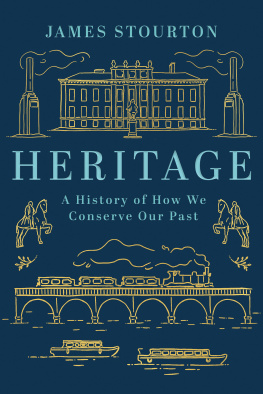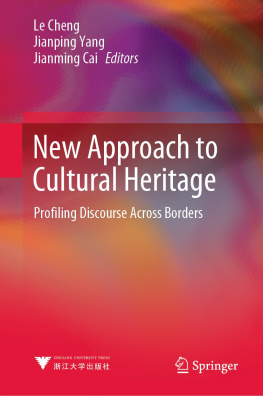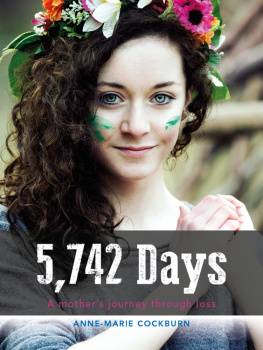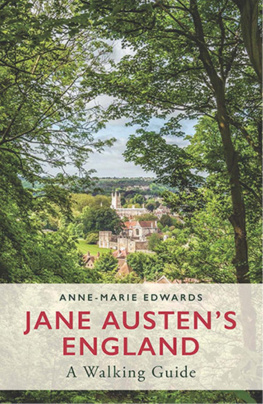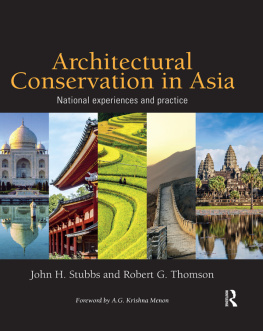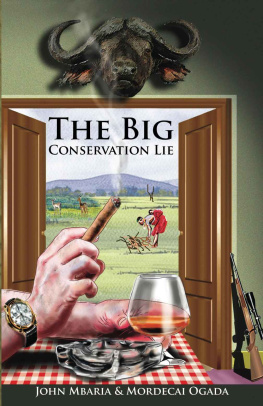First published in 2016 by
UCL Press
University College London
Gower Street
London WC1E 6BT
Available to download free: www.ucl.ac.uk/ucl-press
Text Contributors, 2016
Images Contributors and copyright holders named in captions, 2016
A CIP catalogue record for this book is available from The British Library.
This book is published under a Creative Commons Attribution Non-commercial Non-derivative 4.0 International license (CC BY-NC-ND 4.0). This license allows you to share, copy, distribute and transmit the work for personal and non-commercial use providing author and publisher attribution is clearly stated. Further details about CC BY licenses are available at http://creativecommons.org/licenses/
ISBN: 9781910634820 (Hbk.)
ISBN: 9781910634837 (Pbk.)
ISBN: 9781910634844 (PDF)
ISBN: 9781910634851 (epub)
ISBN: 9781910634868 (mobi)
ISBN: 9781911307327 (html)
DOI: 10.14324/111.9781910634844
Foreword
Dr Mzalendo Kibunjia, Director General, National Museums of Kenya
As scientists, historians and archaeologists continue to uncover, study and promote access to tangible and intangible cultural heritage, there are ever increasing challenges that pervade conservation efforts. Heritage conservation is threatened as the world globalizes and African economies open up to new realms of growth in the international markets while increased building construction, infrastructural expansion as well as terrorism destroy existing heritage assets. Kenya in particular prides itself as a prodigious habitat for abundant and various natural and cultural heritage assets including archaeological sites, wildlife, landscapes and folklores. However, the different forms cultural and natural heritage take and the complexity of the conservation challenges are not congealed; their constant and respective evolution requires continuous regeneration of competence, technology and value systems. Conservators must therefore seek to expand existing principles and practices in the management of cultural and natural heritage, including the assessment of values attributed to the heritage, questions of reversibility and replica as well as access and security issues.
Cultural heritage conservation is not one of the subjects that have been accorded great attention in Kenya over the past century. The editors and contributors aim, however, to highlight and expand conservation studies from the confines of technical and scientific management expertise into the strata of matters engrained in local populations and the intrinsic links between communities, and their cultural and natural environment within the Kenyan legal framework. An in-depth discussion on contradictions in existing laws in Kenya exposes the difficulties in implementing conservation guidelines.
This book gives voice to subjects and highlights heritage uncared for, which helps to tell and understand the national narrative. The heritage mentioned includes monuments, trafficking of African antiquities, wildlife, cultural tourism, indigenous methods of conservation, the participation and empowerment of communities as immediate beneficiaries and makers of the culture. Consequently, ownership rights and utilization of heritage resources is presented as an issue of human rights and democracy. This book also introduces rural landscapes from the dimension of aesthetics and how these can be understood and used as a socio-cultural resource. It is a book that opens up conversations on esoteric historical issues such as colonization and the influence of religion on cultural practices.
Kenyan scholars have for a long time relied on foreign knowledge in seeking to understand and explain the issues affecting cultural heritage in the country and the continent at large. The foreign principles, concepts and theories when applied in solving local problems are limited and in many cases incoherent to the cultural values, economic status and politics of Kenya. It is therefore pleasing to see a book developed through intense research by local academics and professionals that will be very useful to graduate students as well as conservation practitioners in Kenya and abroad.
As the complexity of challenges increases and other disciplines advance, with their handlers seeking an ear in the administration of public knowhow, the need for cross-disciplinary approaches is inevitable. It is therefore important that we finally have a book that takes a multi-faceted approach to conservation through the contributions of various experts to expound on these issues. The perspectives of historians, curators, landscape architects, environmentalists and other heritage professionals in this book configure a holistic understanding of the different challenges and how collaboration can bring untold solutions to the issues undermining heritage conservation in Kenya. Experts may be inclined to give excessive import and supremacy to their faculties at the expense of both competing and complementary approaches but it is the mingling of these works that filters inconsistencies and overrides unnecessary jargon for the lay reader to deduce simple concepts that drive the discourse beyond the scholarly fronts.
The research in this book recognizes the complementarity of works of art such as landscape architecture to efforts by historians and archaeologists in conserving cultural heritage. The role of designers in built heritage, as well as redevelopment of areas in line with original principles in urban conservation districts, is highlighted through case studies in Nairobi and the Kenyan coast and deepens the understanding of how integration of historical structures into contemporary buildings and settlements can be carried out coherently. With its many case studies, the book presents an undoubtedly comprehensive approach that analyzes heritage and its constituent elements in detail. The book nourishes the reader in breadth and in depth with a heightened exposure to the urgency of multi-disciplinary solutions in conservation.
Even though none of the issues presented here are purely new, the book unequivocally ascends past the elementary view of heritage into the stratum of how the different faculties are interwoven and the conflicts that bloom. This book is timely: it comes at a critical time when Kenya is struggling with slackening tourism and stiff competition from other countries in the region such as Seychelles, Mauritius and Botswana; it will arouse new interest on how cultural heritage can diversify tourism opportunities. Politicians and activists have been helpful in raising awareness about cultural items although they are disposed towards quick fixes and short-lived advocacies and interventions. Academics in this book are, however, establishing articulate prognoses and informed forecasts that direct the course of action with regard to heritage conservation. This is a major step in opening avenues for further discussions that will create concrete interventions in synchronizing existing laws, ensuring best practices in heritage conservation, establishing legal conservation guidelines, human resource capacity development and advancement of relevant curricula in Kenyan universities.




